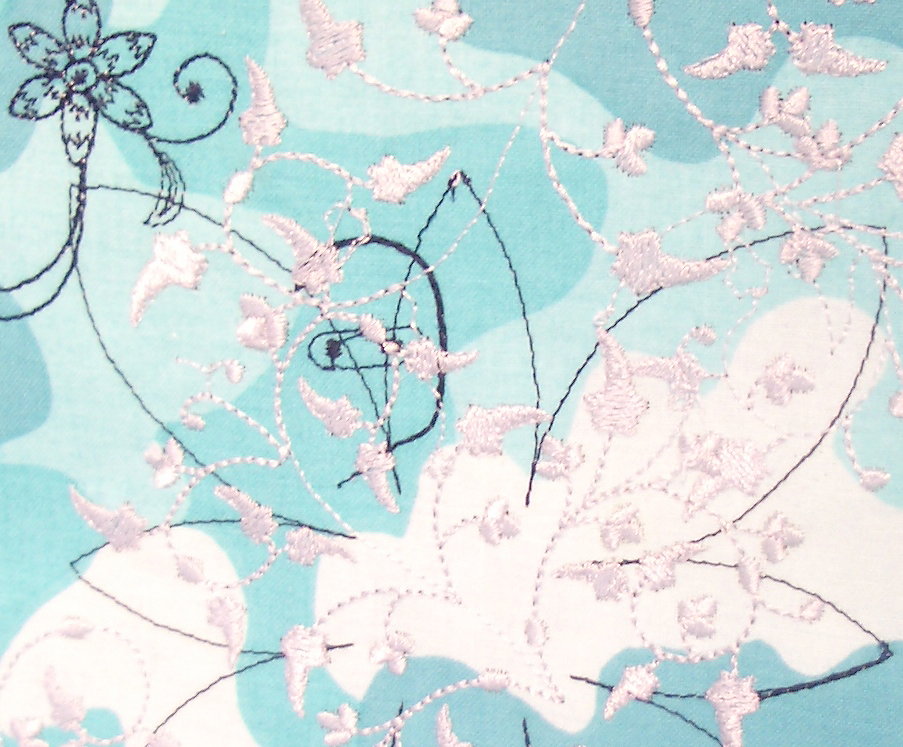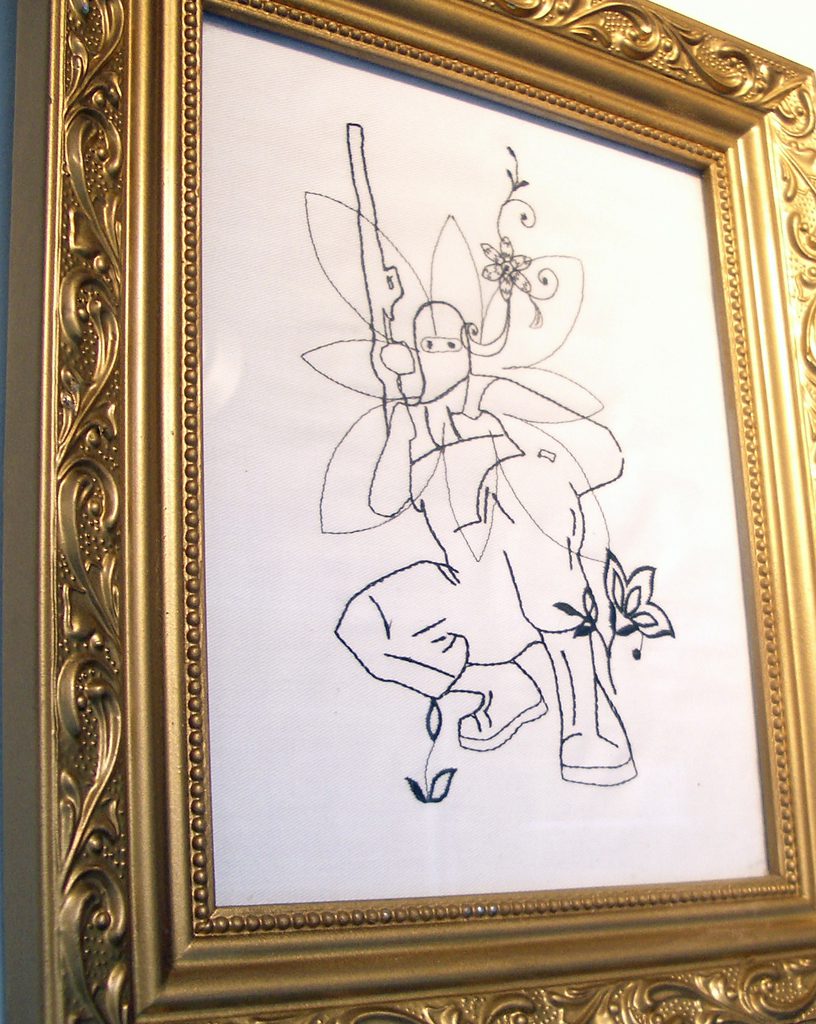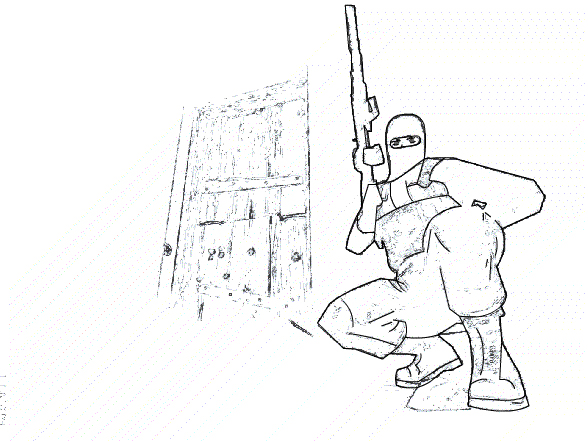[from the ranks]
series, textile, performance
dimensions variable
2007
I come from a family with a long history of service in the US military, beginning with a great great grandfather who served during the Civil War, my father, brother, uncles– and even my niece, who raised her newborn near the Air Force base where her husband was stationed. I never really questioned taking the The Armed Forces Vocational Aptitude Battery (ASVAB) in high school. It was the closest thing I had to an IQ test. In fact, the test seemed more relevant than higher education entrance exams, at least in the context of the rural midwest, where a steady and reliable job is considered of the utmost importance.
During an artist’s residency on the Georgia Tech campus in Atlanta (home to Moody Air Force Base, Fort Gillem, Fort McPherson, Dobbins Air Reserve Base and the Atlanta Naval Air Station) I started playing the online video game America’s Army, created by the US Army for recruiting purposes (click here to see/play the current version) with a renewed curiosity about “the rest of America,” particularly the South which provides 40% of all military enlistees (1). Cultural theorist Paul Virilio suggested “…it was easier to understand the Gulf War by buying American video games than by watching the news on television…We didn’t see concrete events…but we did see war transformed into a video game, with the same image repeated over and over…” (2).
[from the ranks] draws upon the imagery generated in the playspace of America’s Army. I set up a video game station in the gallery and used captured screengrabs to create a series of images and texts reflecting on the role of the military in everyday US culture. These images were rendered using computerized embroidery machines, giving a domesticated and homespun subtext to the original digital images of war and violence. The embroidered works, a mixture of framed works and utilitarian objects like camoflauge T-shirts, are indistinguishable from sewn materials generated by the human hand. All the materials for the works were collected at second hand stores or purchased at WalMart, the store second only to the PX in popularity among military families.
The works engage with the role of the military in my everyday life, from the standardized tests and recruitment visits to family memorabilia, and how present feelings about these experiences are discovered in contemporary computer-based images.
References
1 Tyson, Ann Scott (4 Nov 2005) “Youths in Rural U.S. Are Drawn To Military.” The Washington Post. Accessed August 14 2019.
2 Sans, Jérôme (2000) “The Game of Love and Chance: A Discussion with Paul Virilio.” Accessed August 14 2019.
Exhibitions
- Skiles Gallery, Georgia Institute of Technology, Atlanta, Georgia, 2007



